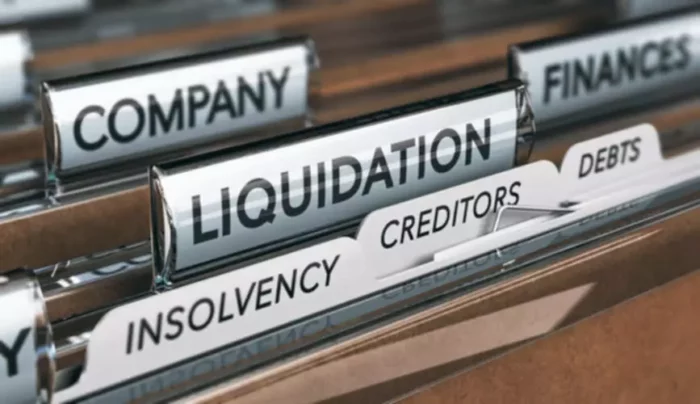What is liquidity?
Liquidity in accounting is the ability to quickly turn assets into their monetary equivalent at good prices. There are high and low liquidity assets, as well as non-liquid assets. The concept of liquidity can be applied to any business organization, securities, real estate, vehicles, and various items owned by an enterprise or an individual. Usually, the money that circulates in a given economic system has the highest liquidity.
Liquidity Order
The assets and liabilities shown in the Balance sheet are properly grouped and presented in a particular order. The term grouping means showing the items of similar nature under a common heading. For example, the amounts owed by various customers will be seen as Accounts Receivable – Customer A, Accounts Receivable – Customer B, etc. Similarly, under the heading Current Assets, one would add the Cash, Bank Account, Receivables, Stock, and similar accounts will be listed.
How is liquidity related to the preparation of the financial reports? The individual preparing the Balance sheet for a business will list the assets in this order, that is, the speed with which they turn into money without affecting their market price.
First, you will see items that are highly liquid, and the liquidity level decreases as you go down the document. Note that the liability and owner’s equity items are listed according to different criteria. Nonetheless, those liabilities that are to be paid at the earliest will be written first. In other words, current liabilities are written first, then non-current or long-term liabilities, and lastly, the owner’s capital.
The easiest thing to convert something into cash would be something that is already cash. The first thing that comes to mind is petty cash, which is the money a business puts aside to make small purchases on regular basis and it has someone responsible for this petty cash amount. The other item you would have at the top of the list is cash on hand. Although ideally, the business owners should be banking all the money, there are cases when one did not have time to go to the nearest bank to do so or it is simply sitting in the safe for various reasons.
Money in your business account at a bank is next in this order. As you might have guessed this money is very liquid as you can readily use that cash for whatever you need. Accounts receivable are usually listed next. These are customers you have sold goods to on credit or provided them with a service and they have not paid for them yet. It represents future money that is going to come into the business and these are pretty liquid too.
If you are a business that has inventory, then this account is listed next. These are the items that business purchases to resell at a higher price to make a profit. Depending on how fast you are able to sell your inventory, you can switch the order a bit and list it before the Accounts Receivable. A similar account for service businesses would be Supplies, which are things that one would use in the service.
The next category of things would be assets that take a while to sell without doing so at a loss, which are typically any kind of investments that a business has. For example, you might have shares that you can sell, although it would not be as easy to get cash as with the items listed earlier. You might also have some furniture, motor vehicles, and equipment. The last accounts would include the land, office or manufacturing spaсe, and other similar business property.


















